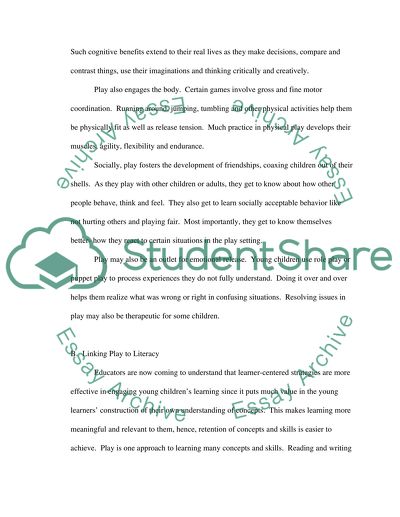Cite this document
(“Childrens Learning in the Early Years Thesis Proposal”, n.d.)
Retrieved from https://studentshare.org/health-sciences-medicine/1405562-childrens-learning-in-the-early-years
Retrieved from https://studentshare.org/health-sciences-medicine/1405562-childrens-learning-in-the-early-years
(Childrens Learning in the Early Years Thesis Proposal)
https://studentshare.org/health-sciences-medicine/1405562-childrens-learning-in-the-early-years.
https://studentshare.org/health-sciences-medicine/1405562-childrens-learning-in-the-early-years.
“Childrens Learning in the Early Years Thesis Proposal”, n.d. https://studentshare.org/health-sciences-medicine/1405562-childrens-learning-in-the-early-years.


